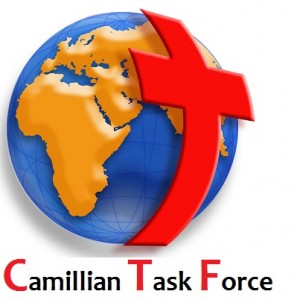 Taken from the book by M.Pavanello and V. Braga, Le quaglie e il pane del cielo (link cose nuove).
Taken from the book by M.Pavanello and V. Braga, Le quaglie e il pane del cielo (link cose nuove).
Amongst the various forces working in Kenya it seems to us important to point to the presence of the Camillian fathers. Above all for a description that is in line with what we offer in these pages, even though this has been achieved only on the shores of the Indian Ocean.
The Camillian Task Force (CTF) was created in 1994 in response to an appeal launched by Father Angelo Brusco (a psychologist of international fame and at that time the Superior General of the Order of Camillians).
The initial idea was to create a task force that would intervene directly and swiftly where there were natural disasters and man-made disasters. Since that time the CTF has engaged in over thirty missions. Earthquakes, tsunamis, cyclones, typhoons but also droughts have been the principal areas of action in which Camillians have had to engage in Africa, Asia, America and Europe. The CTF is not an NGO and works principally with the local Church, Caritas and NGOs in the local area. The team that is at work is completely local in character whereas the central office (which has its headquarters in Rome) has a role of supervision with an international approach.
The Organisation and Growth of Resilience
The Camillian Task Force Kenya has since the year 2011 been involved in an initiative of aid and rehabilitation in Wajir, in the north-east of Kenya.
The first stage of this initiative had as its principal focus responding to the immediate needs of a population that had been deeply afflicted by a long period of drought. Amongst the priorities: that relating to medicine (a mobile clinic and health-care education) and food for children under the age of five and elderly people over the age of sixty.
The second stage was directed towards activity involving rehabilitation in three principal areas. One connected with a health-care programme based upon the community; another directed towards food security; and a third centred around the acquisition of ideas about hygiene. The method used was the standard one of similar cases: everything centred around the organisation of the community and the growth of a capacity for resilience.
The third stage (August 2013-July 2015) has concentrated on strengthening and increasing people’s capacity for production, an improvement in the knowledge and ability of basic health-care workers, and the autonomy of the local populations. This will bring benefits to 25 farmers and 120 health-care workers in 7 villages.
The Food Security Programme is a response, in the area of Wajir Central, to the problem of a lack of resources and dependence on aid. People have thought of producing food on their own through an intelligent use of greenhouses: ten of these have been created in eight villages. The food products, intended both for self-consumption and for the market, have created a sustainable alternative to traditional pastoral farming.
Faced with health problems – which in large measure have led to an increase in death rates – the communities have been supported through the training of community animators.
Two villages have reached the objective of having 120 such animators after one year’s training. Each one of them monitors twenty families.
The Point of View of the Agent
 ‘The novelty of the initial approach of the CTF’, we were told by Marco Iazzolino, who works on the project, when we asked him, ‘was that of emphasising the need to read needs together and to share the project in order to make the local population protagonists on the pathway of liberation from need. The goal, therefore, was to facilitate the processes of participation both in the identification of priorities and in the implementation of the project itself’.
‘The novelty of the initial approach of the CTF’, we were told by Marco Iazzolino, who works on the project, when we asked him, ‘was that of emphasising the need to read needs together and to share the project in order to make the local population protagonists on the pathway of liberation from need. The goal, therefore, was to facilitate the processes of participation both in the identification of priorities and in the implementation of the project itself’.
Thus was an almost immediate cooperation given that ‘socialising problems and solutions for this people is a modus vivendi. Thus after about sixteen years (that is to say since the beginning of the crisis) the local communities have had an opportunity to take control of their own lives by managing a well, a green house, or a community health programme’.
‘The chief of one of the villages’, Iazzolino went on, ‘told us that for the first time in his life he felt listened to and that he was fully a participant in the decisions that were taken’.
These were decisions that were shared with all the actors: Caritas, the local Church, the Camillians and the women Ministers of the Sick (the women Camillians), as well as the local communities.
The public administrations and processes of non-formal governance (the village chiefs, the local associations…) were also involved. All of them were convinced of, and curious about, this singular approach to working that was not based on welfare.
However, together with the lights there was no absence of shadows, as the same person we spoke to bore witness to: ‘Unfortunately the media, after a first stage connected with the emergency’, which received a great deal of attention in the mass media, not least because of the continuous appeals of Benedict XVI, ‘practically abandoned the field. The only praiseworthy exception was Telepace which did an ad hoc documentary on our project’.
This is certainly a project that can be reproduced, a sort of format with shared elements: the centrality of the local community, a search for pathways of autonomy, and an integrated socio/health-care approach with even surprising consequences for ‘practical’ inter-confessional dialogue.



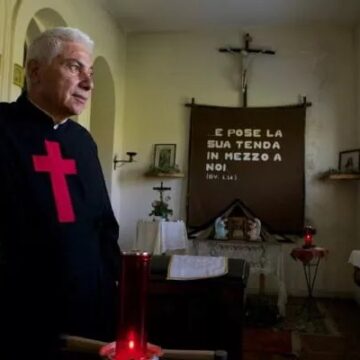

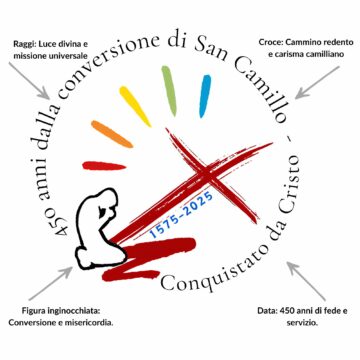


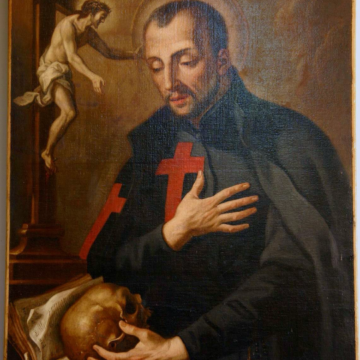
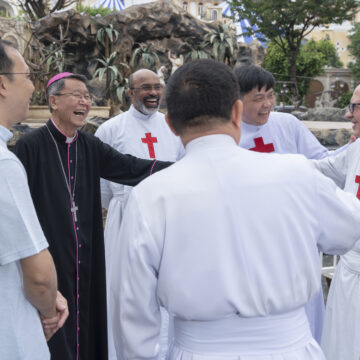

Camillians on Facebook
Camillians on Twitter
Camillians on Instagram